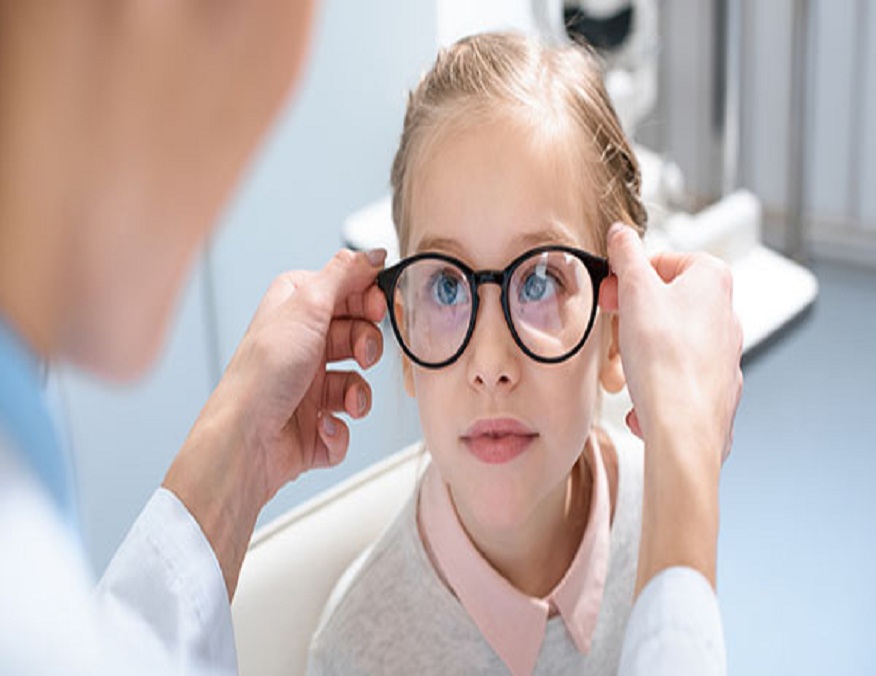Refractive errors are one of the most prevalent causes of issues with visual acuity. Typical treatments for refractive errors include corrective lenses and refractive surgery. However, a revolutionary non-surgical procedure eliminates the need for spectacles and contact lenses. This treatment is known as orthokeratology or ortho-k and is safe and productive. Want to know which vision issues ortho-k can correct? Continue reading to learn more about this strategy and how it may apply to you.
During the treatment phase of Ortho-k, also referred to as corneal reshaping, patients typically wear rigid gas-permeable contact lenses at night for a week or two. These specialised contacts are intended to temporarily adjust the cornea’s contour to enhance vision.
Ortho-k in Singapore was initially designed to assist patients who struggle with myopia. Today, new ortho-k lens designs are available to treat farsightedness, astigmatism, and presbyopia, among others.
Nearsightedness
This condition, also known as myopia, occurs when objects appear distinct up close but blurry at a distance. It occurs when the eyeball expands too large. This prevents the light rays entering the eye from focusing precisely. Ortho-k is an effective treatment for myopia. According to studies, it can even halt its progression.
Farsightedness
This condition, also known as hyperopia, is somewhat the opposite of myopia. A person with farsighted vision sees distant objects plainly, while nearby objects appear blurry. A short iris characterises the condition. As a consequence, light focuses behind the retina rather than directly on it. Patients with farsightedness can benefit from Ortho-k just as much as those with nearsightedness.
Astigmatism
This is another common refractive error caused by the irregular curvature of the cornea or lens of the eye. Uneven curvature prevents light rays from bending correctly. As a result, your vision becomes blurred or distorted for both nearby and faraway objects. Ortho-k can correct astigmatism in certain circumstances. For example, the clinical technique can only treat the corneal component of astigmatism. Spherical ortho-k lenses only reshape the cornea’s anterior surface. It cannot alter the profile of the internal refractive surfaces of the eye. This means that ortho-k is only applicable if corneal astigmatism predominates over lenticular astigmatism.
Presbyopia
This eye condition is the progressive deterioration of your lenses’ focusing ability due to ageing. This blurred near vision typically becomes evident at age 40 and continues to worsen until age 65. In numerous methods, ortho-k can treat presbyopic patients. Among them was the application of monovision correction. With ortho-k lenses, it is possible to induce central steepening and paracentral flattening.
Ortho-k is an excellent alternative for those who are not ready for refractive surgery or do not want the hazards associated with it.

